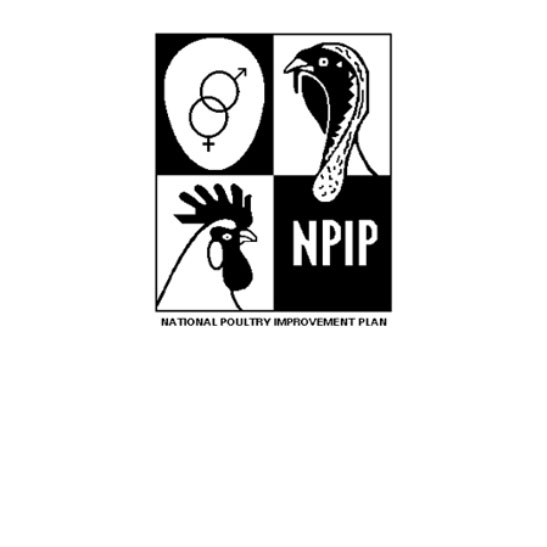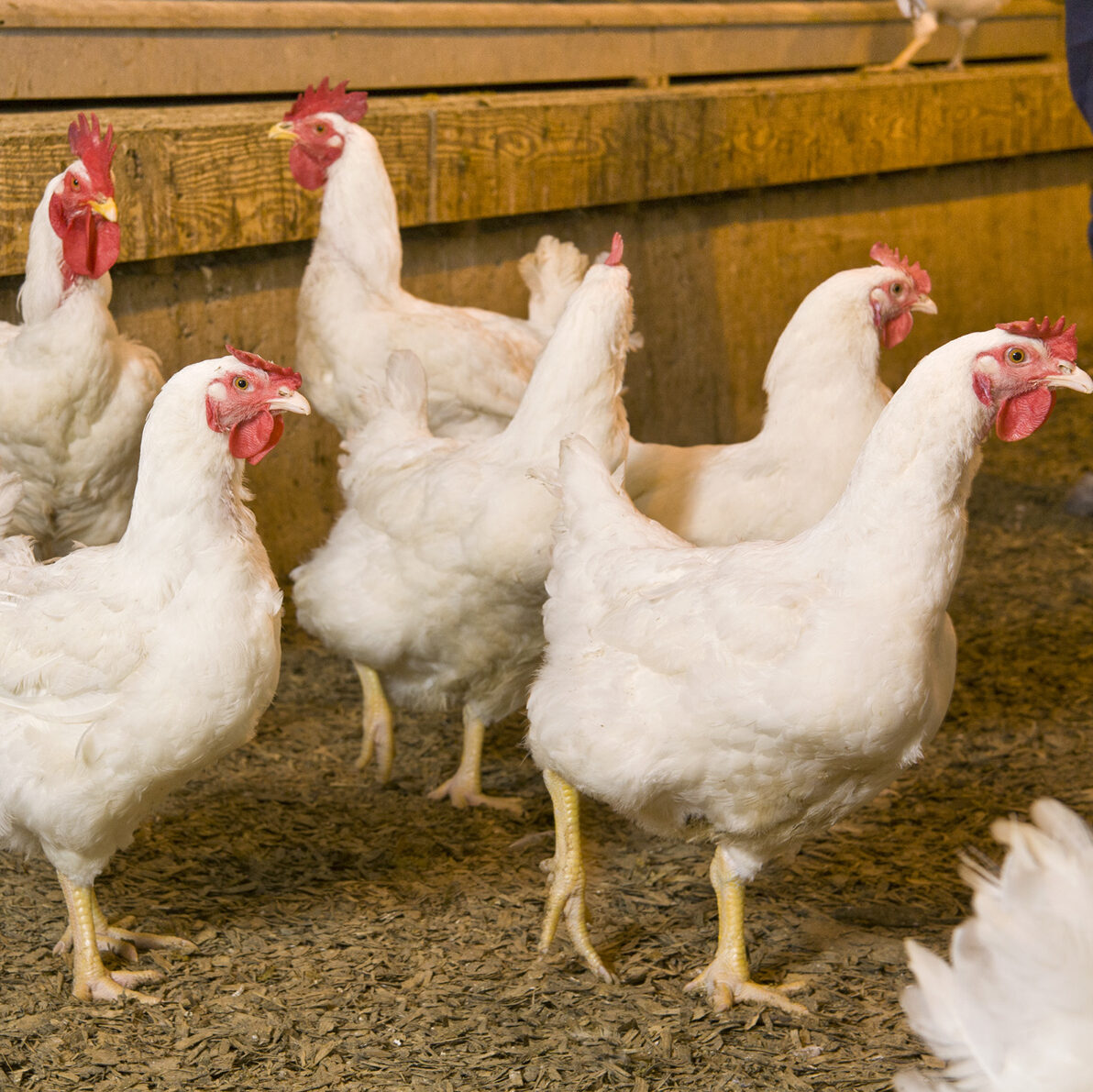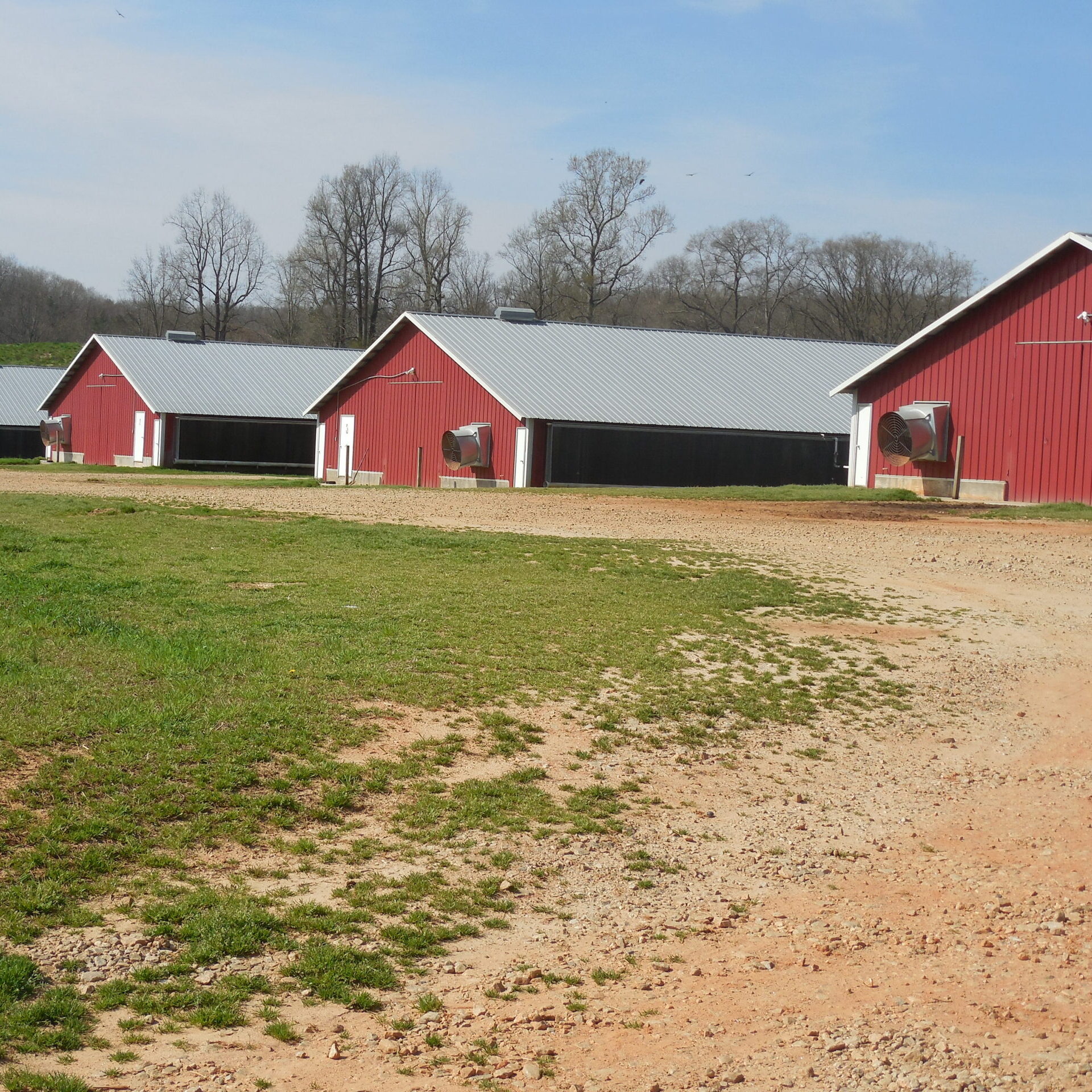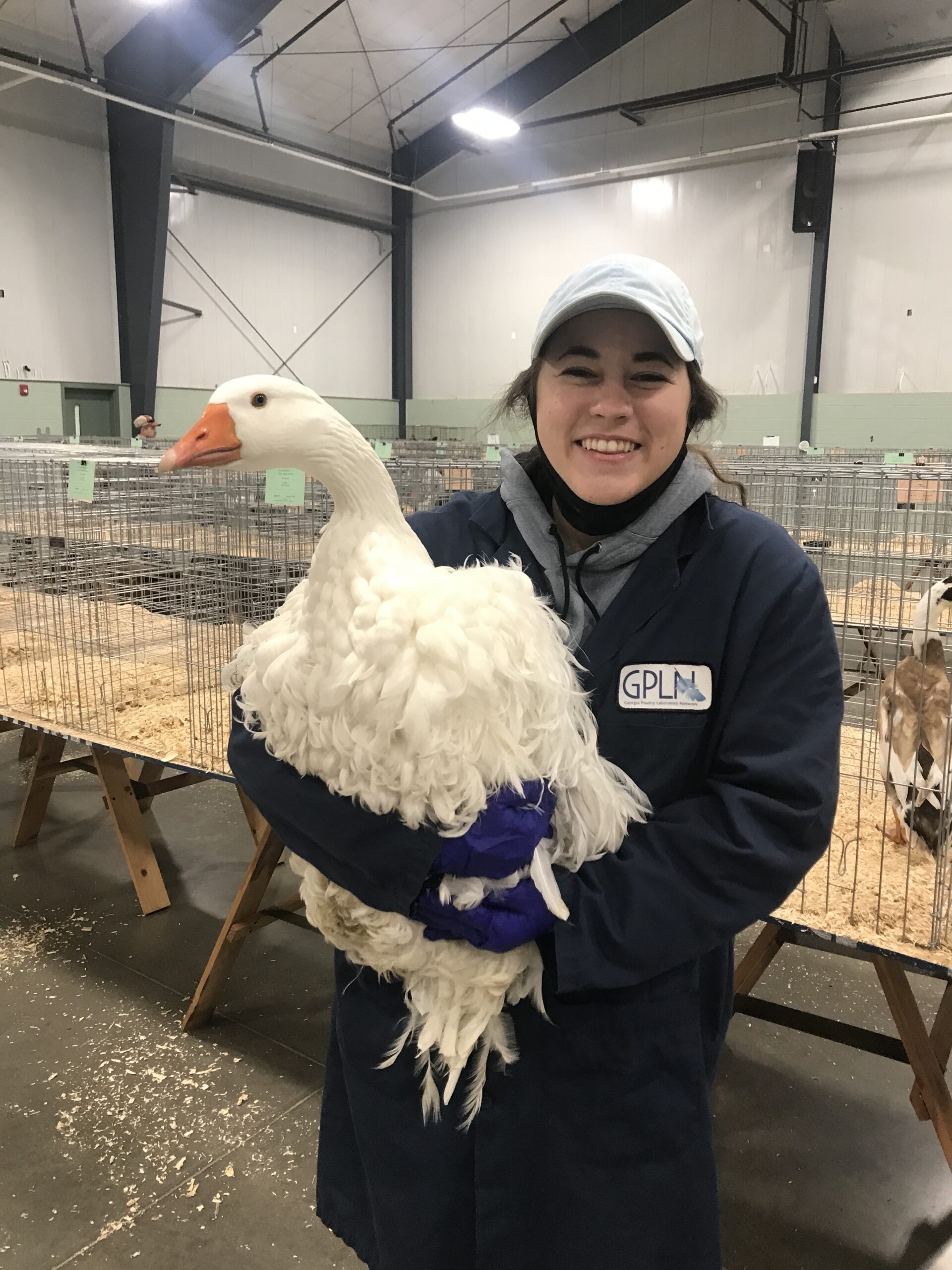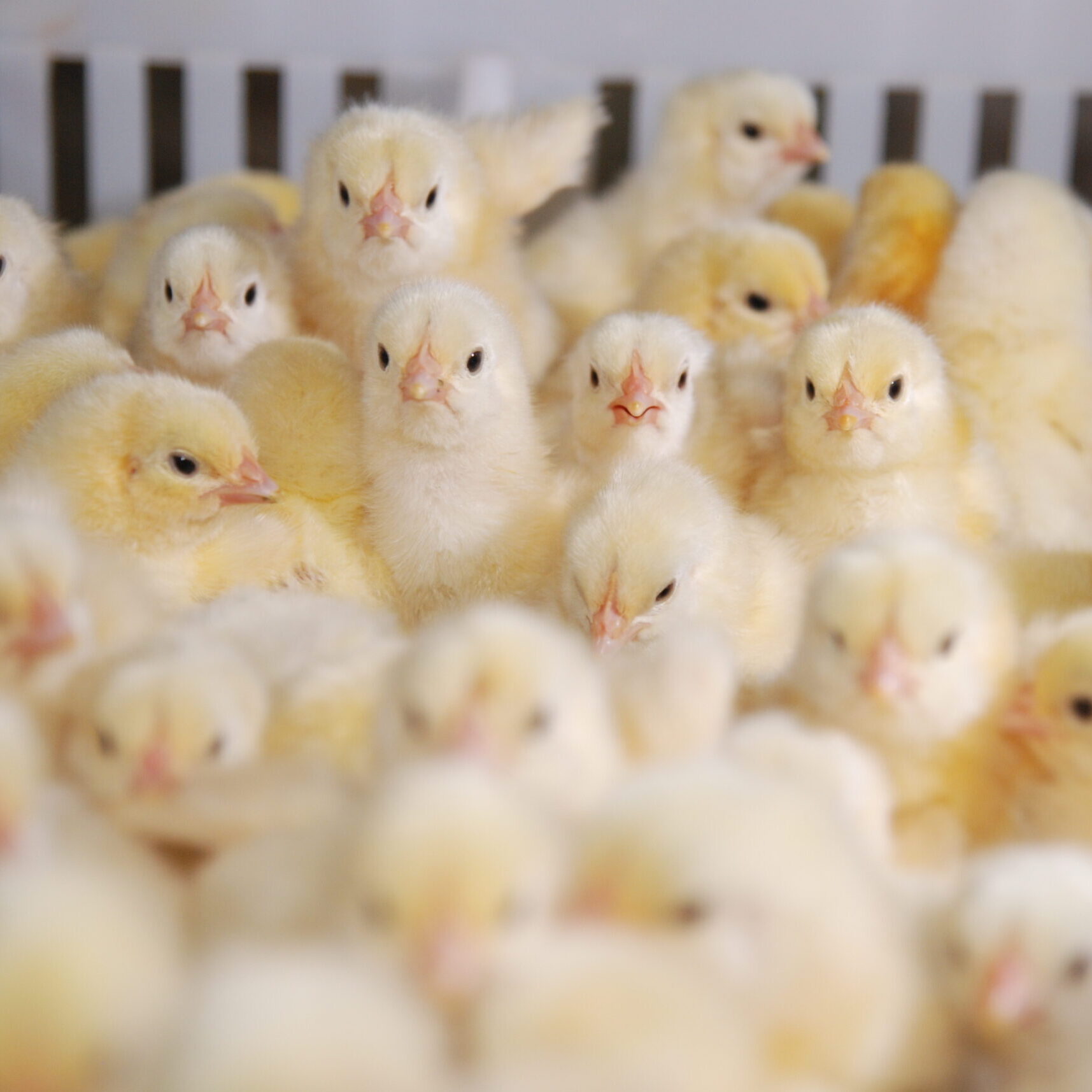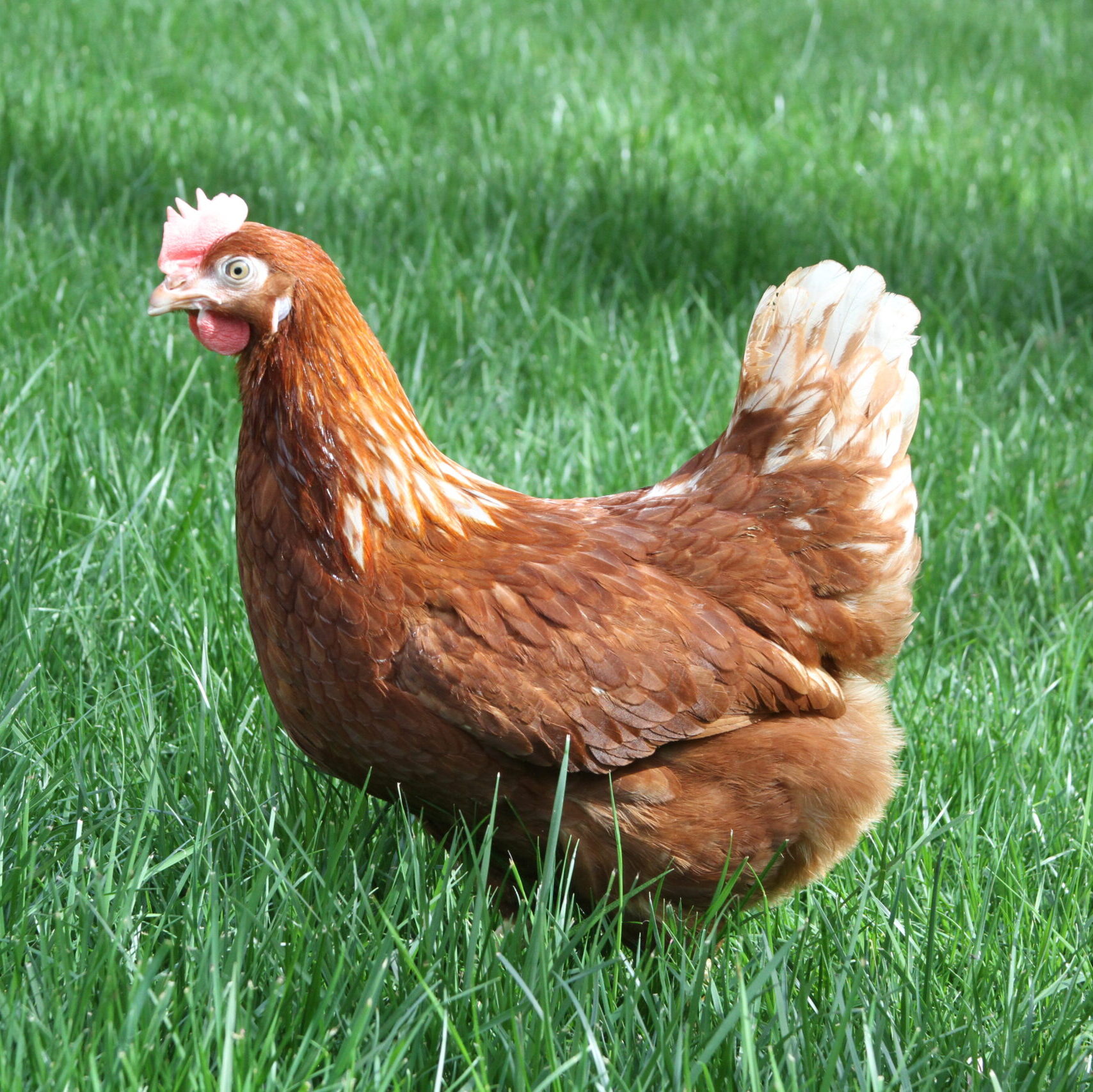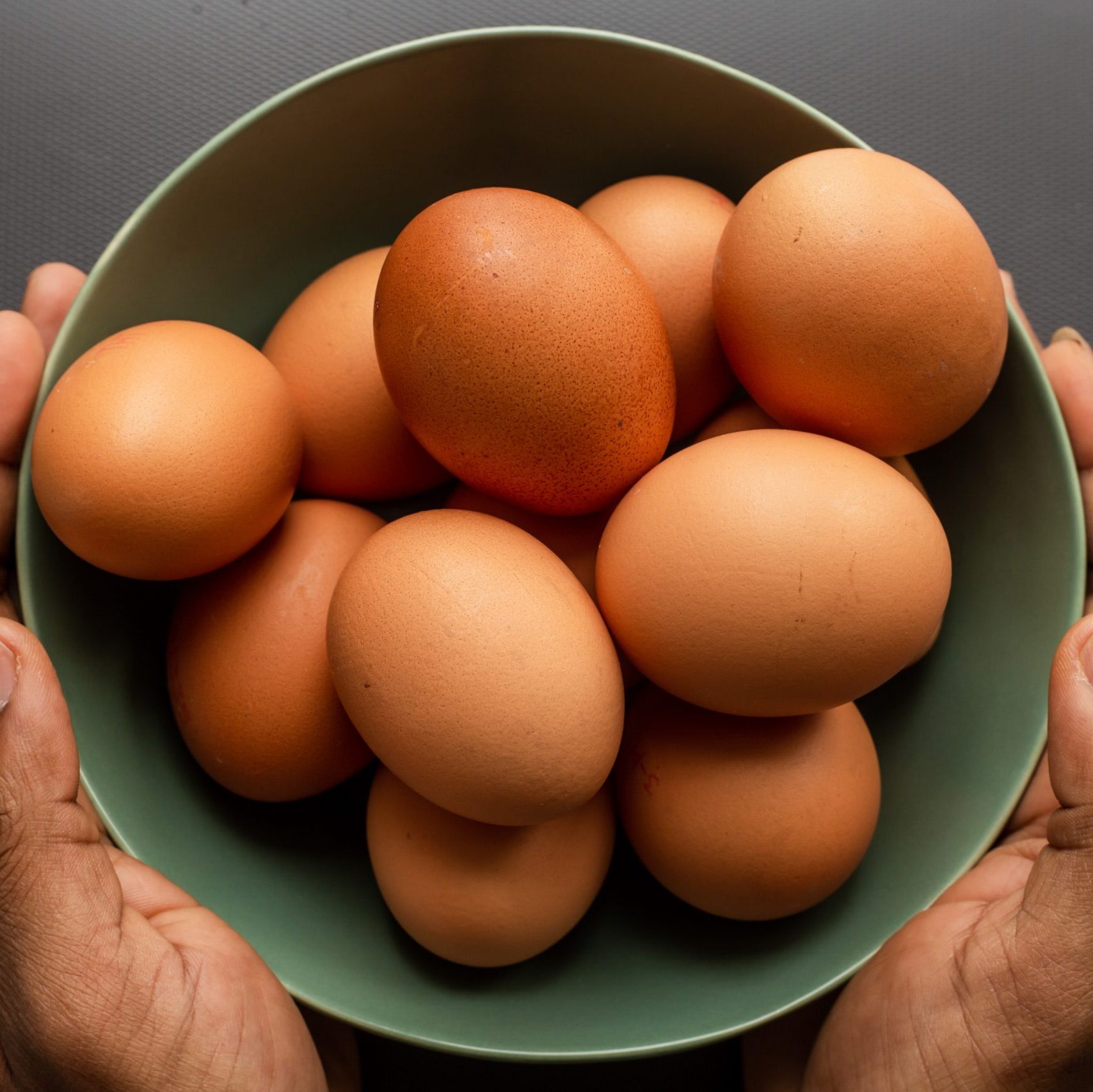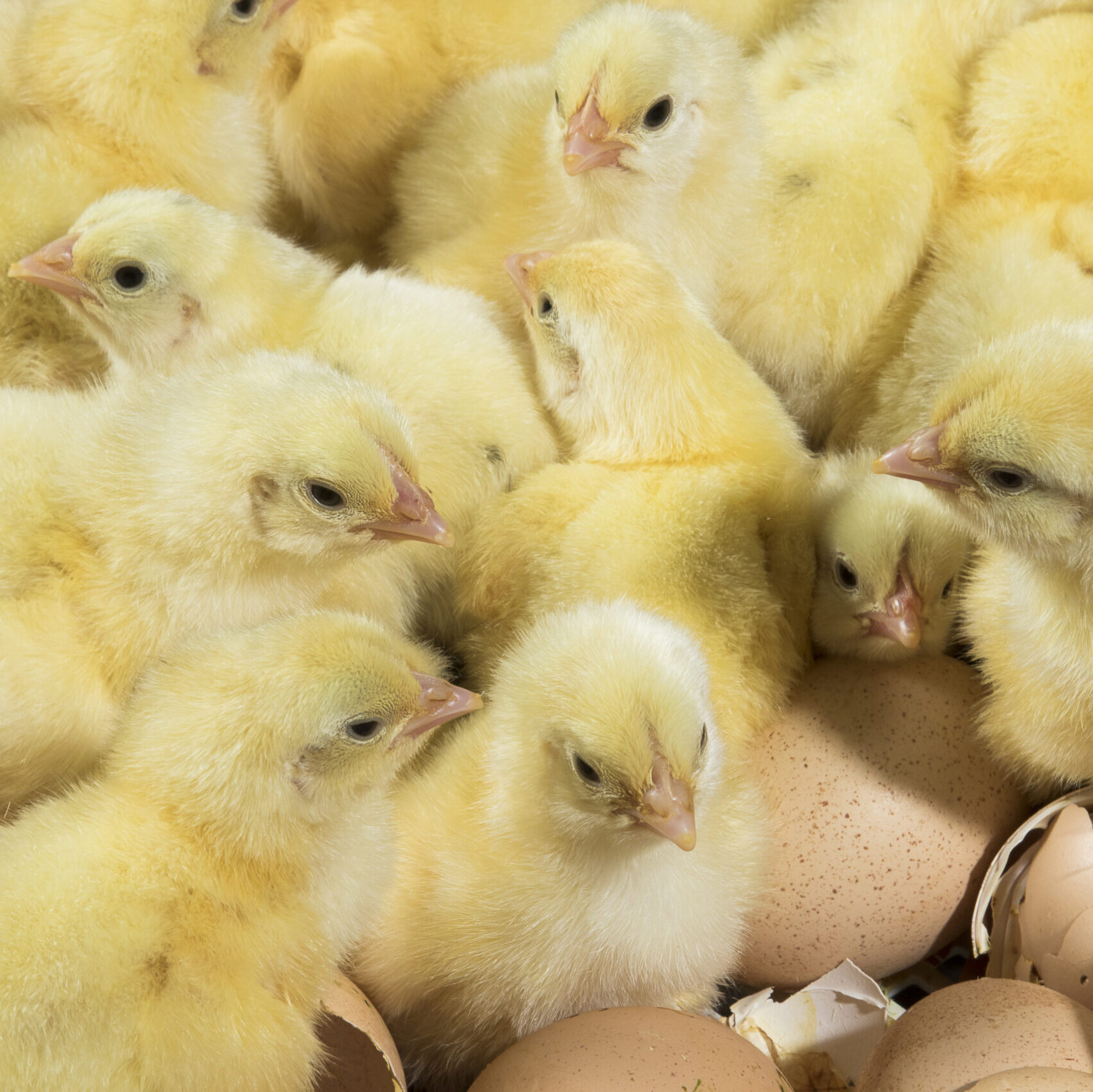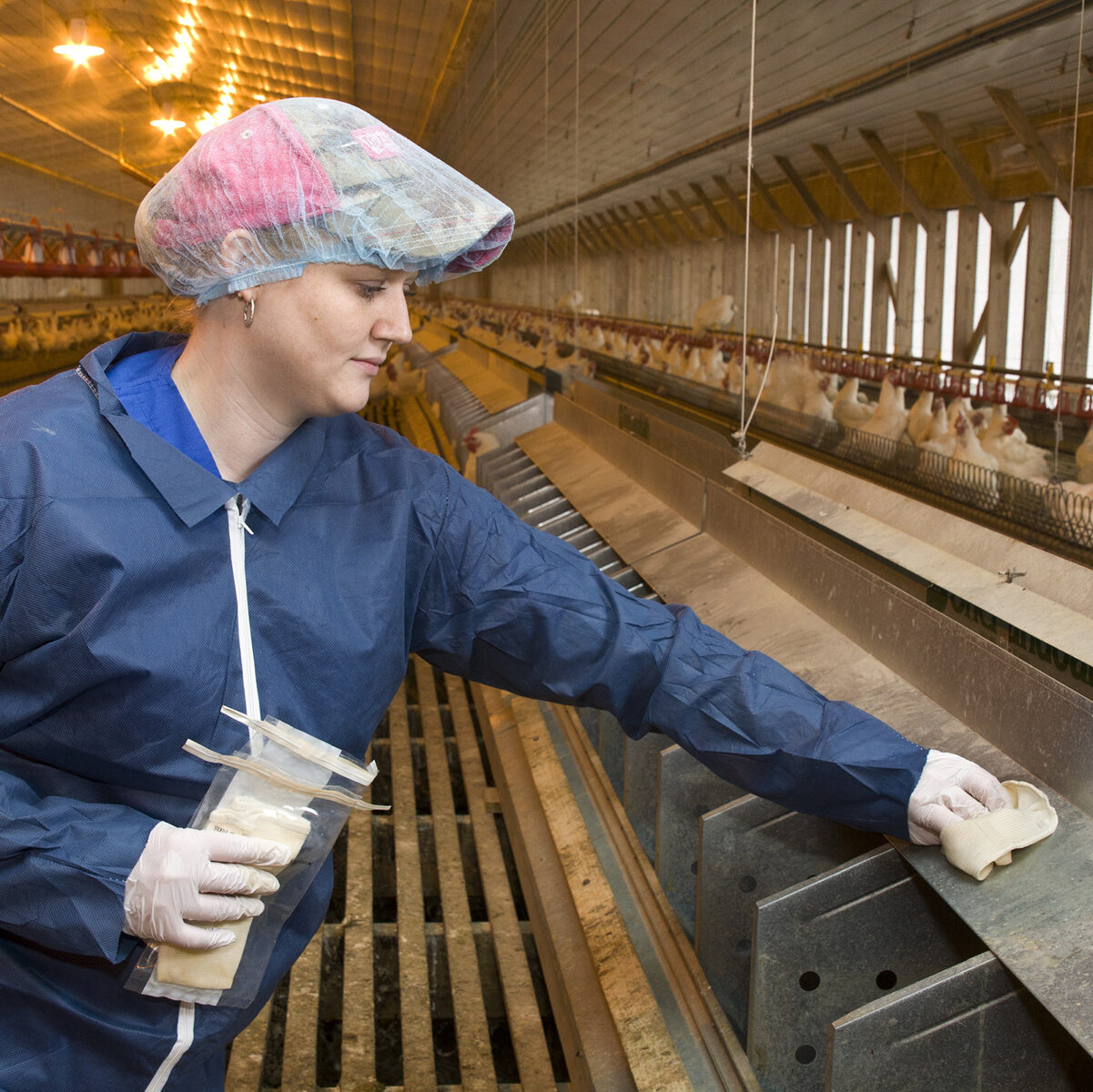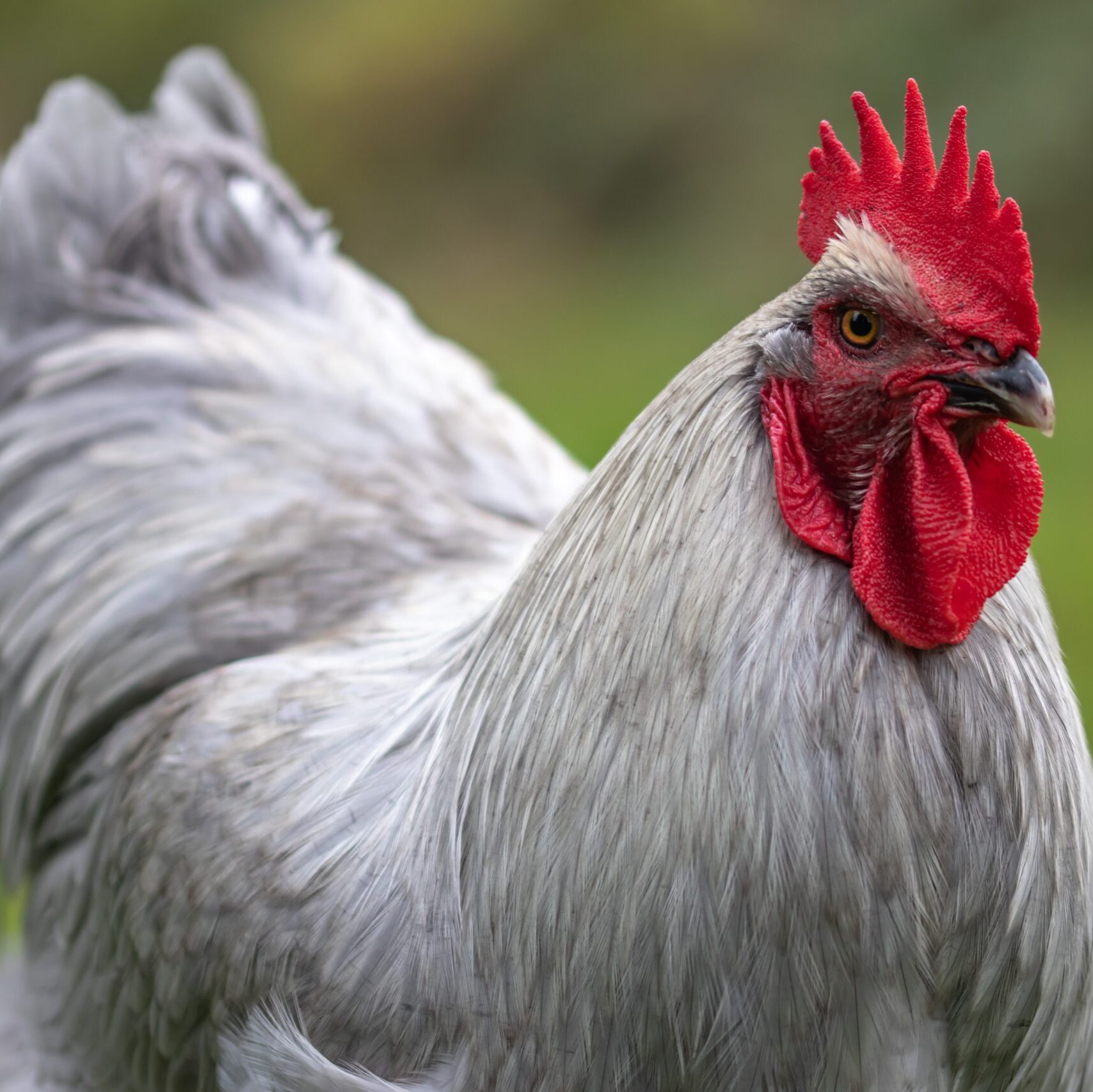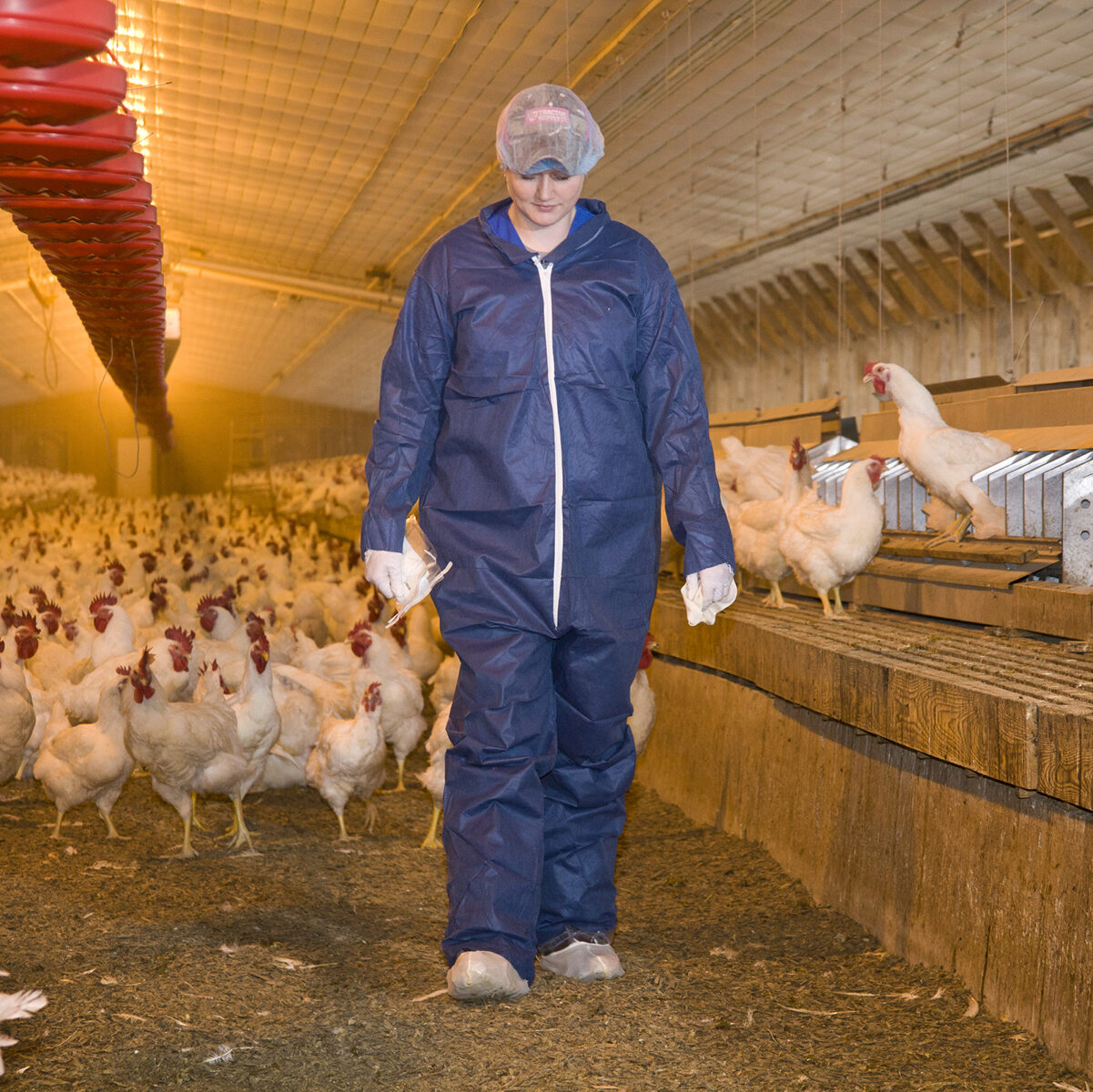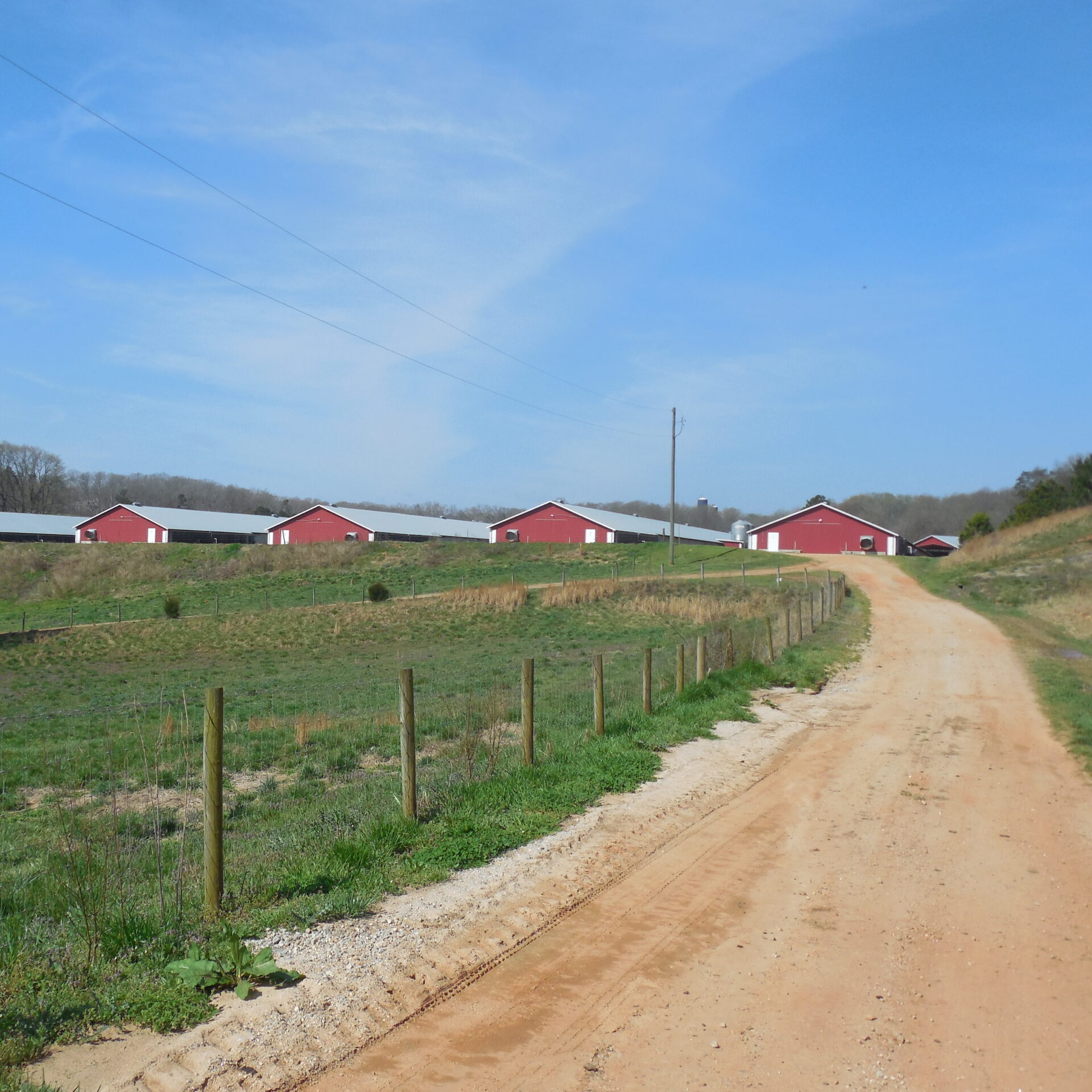What Is NPIP?
National Poultry Improvement Plan (NPIP)
The National Poultry Improvement Plan (NPIP) was started in the early 1930s to coordinate State programs aimed at the elimination of pullorum disease from commercial poultry. Pullorum is a bacterial disease of poultry that is transmitted from a hen to her chicks via the egg. By testing adult birds and eliminating the disease carriers from the breeding flock, commercial chicken and turkey producers have eliminated this costly disease. NPIP provisions establish standards for the evaluation of poultry breeding stock and hatchery products with respect to freedom from egg-transmitted and hatchery-disseminated diseases. Through this work, the NPIP provides certification that poultry and poultry products destined for interstate and international shipment are free of all such diseases.
Participation in the NPIP is open to all producers who can make their poultry, game-bird, ratite, or waterfowl facilities meet Plan requirements. Once accepted into the Plan, participants have to maintain in the Plan all of their poultry hatching-egg supply flocks and hatchery operations in a given State. Although the NPIP has several classifications related to freedom from various diseases, the only required classification for Plan participation is “U.S. Pullorum-Typhoid Clean.”
For more information about the National Poultry Improvement Plan, please visit:

